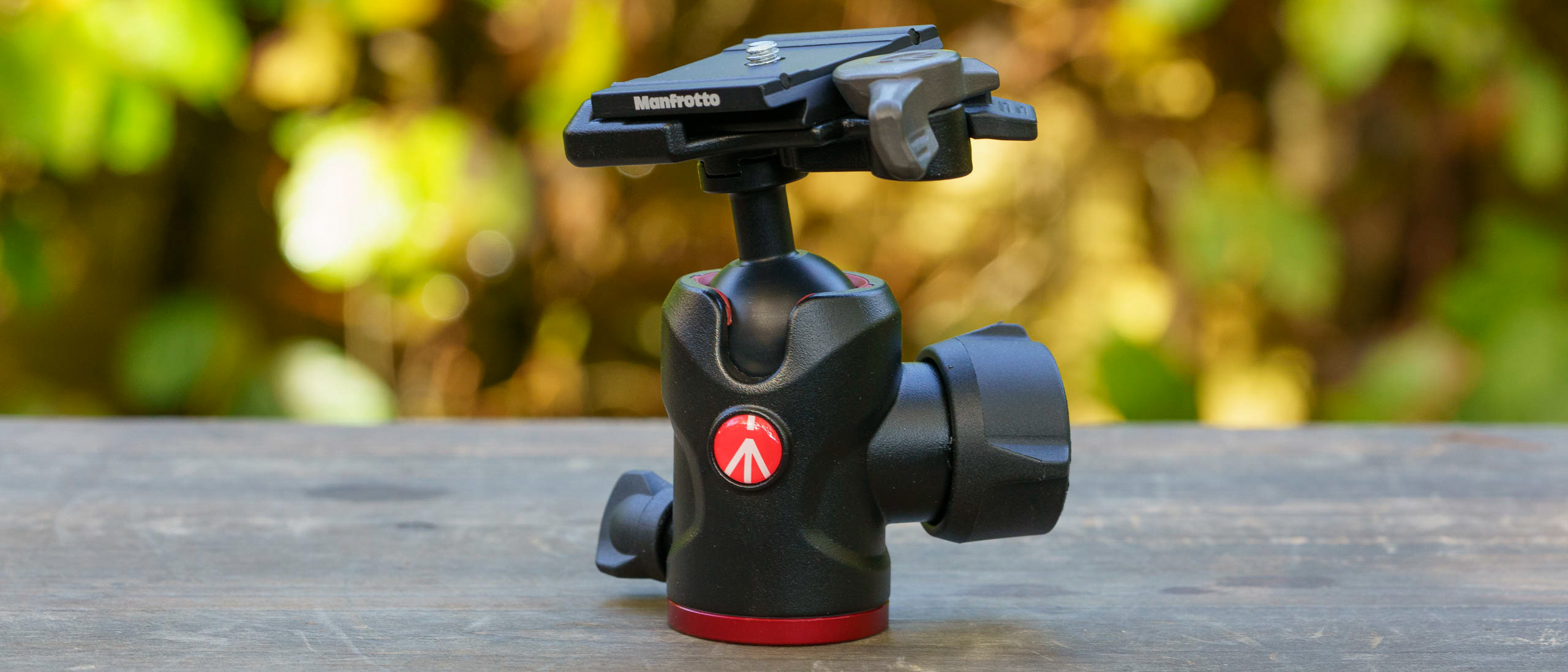Digital Camera World Verdict
Lightweight and affordable, the Manfrotto MH494-BH Ball Head has just about everything you could hope for from a tripod head apart from a bubble level. It’s easy to attach the plate securely and there’s a catch to help keep your camera safe. Most importantly, it’s also capable of holding a balanced load still so you get sharp images.
Pros
- +
Separate ball lock and friction control
- +
Release lock
- +
Affordable price
Cons
- -
No bubble level
- -
Uncomfortable edges on lock knob
- -
Tricky to find a balance between the friction and lock
Why you can trust Digital Camera World
The name of this tripod varies a little depending upon whether you look at the box it's supplied in or Manfrotto's website, on the packaging it's referred to as a Mini Ball Head but on the website it's called a Center Ball Head. So if you're searching to find it, it's probably best to use Manfrotto MH494-BH.
Manfrotto aims the MH494 at enthusiast photographers wanting a small yet capable ball head. It's predominantly made from aluminum but a few parts such as the control knobs are made from plastic.
While the specification sheet shows that the head is capable of supporting loads of up to 9kg, the recommended safety payload is 8 kg.
There are three controls on the MH494 ball head, a large knob for releasing and locking the ball movement and within it, a control for adjusting the friction of the movement. As usual, there's a smaller knob towards the base of the head for releasing and locking the panning movement.
Manfrotto supplies the head with an aluminum 200PL-Pro quick release plate which is compatible with Manfrotto RC2 and Arca-Swiss type clamps. The head can also accept regular Manfrotto 200PL plates.
One shortcoming with the MH494 head is that there's no bubble level to ensure that the camera is level, however, an electronic level seems to be a universal feature of modern digital cameras so, in practice, it’s not too much of an omission. .
Specifications
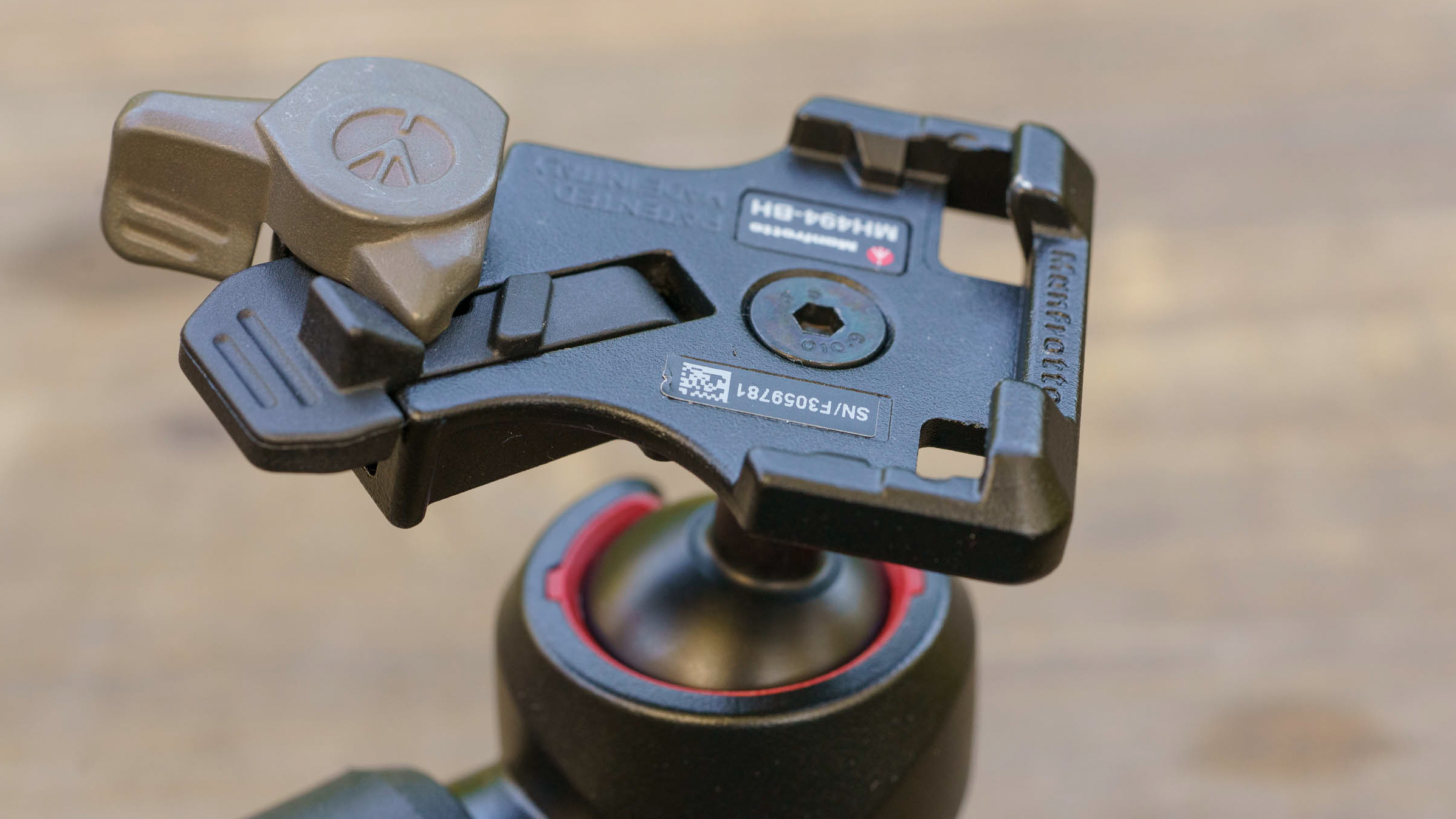
Height: 100mm
Base diameter: 40mm
Weight: 330g
Controls: ball lock, friction, pan
Plate compatibility: Arca-Swiss
Maximum load: 9kg (but 8kg recommended)
Build and handling
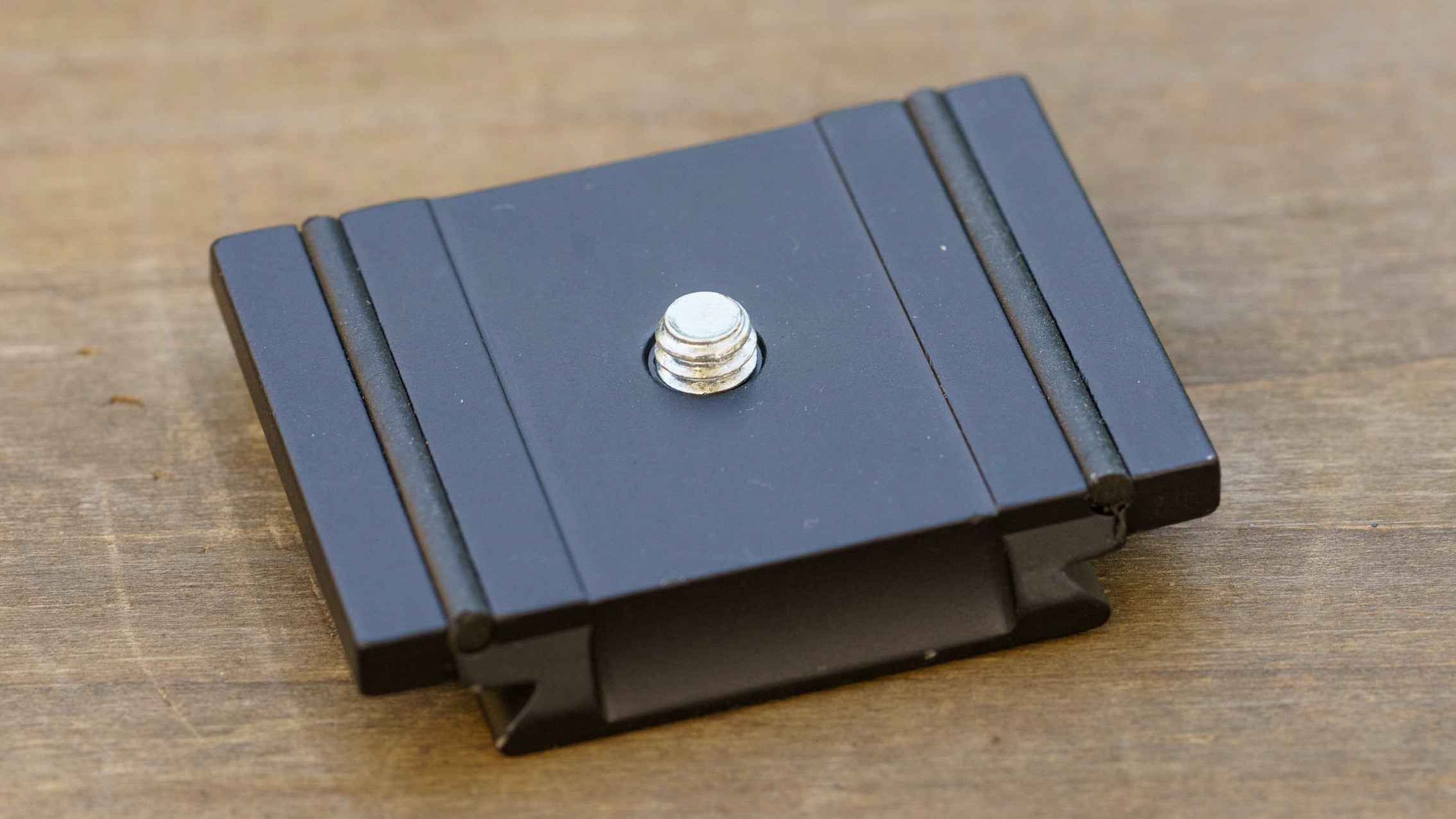
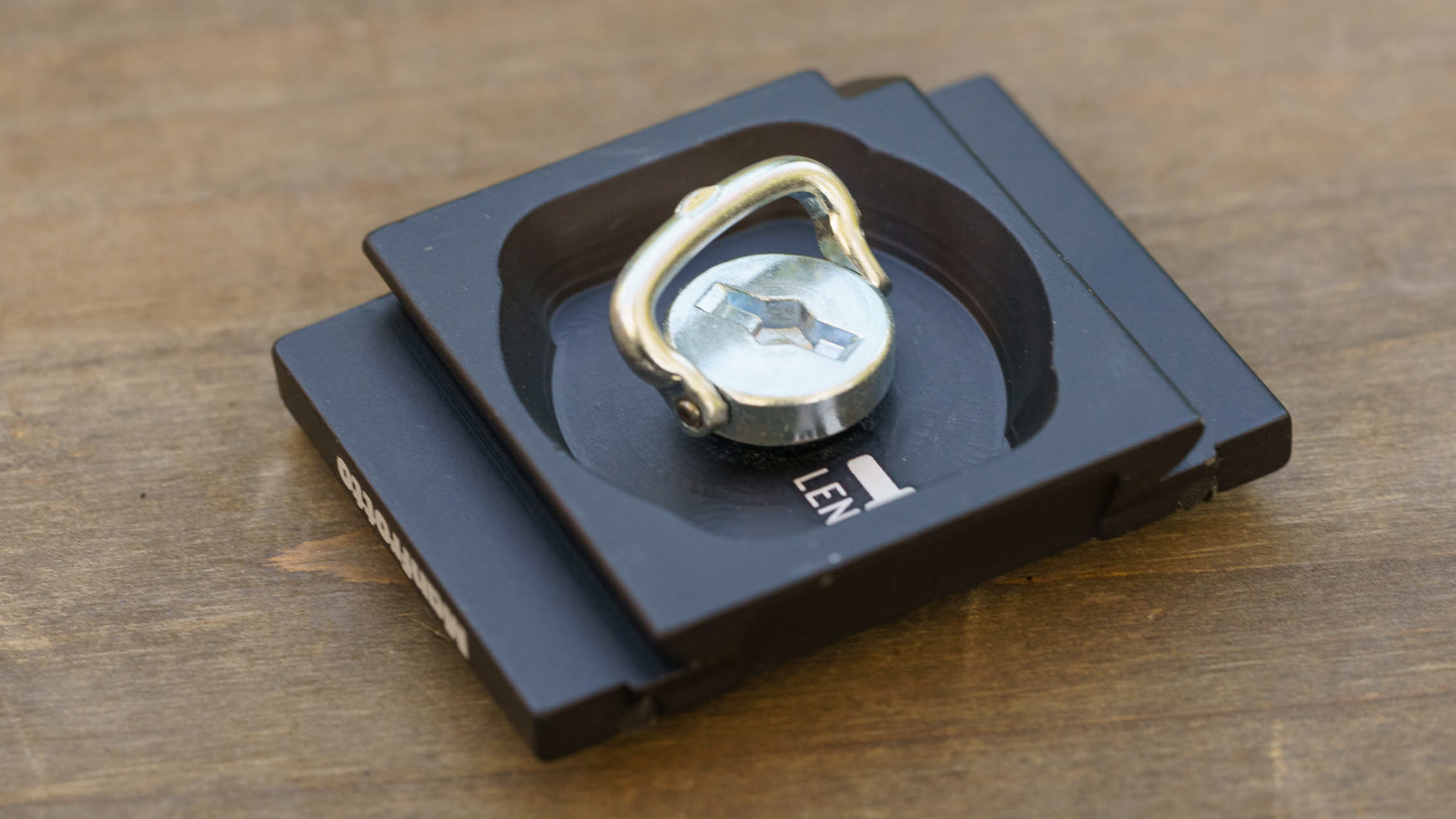
The Manfrotto MH494-BH is appreciably smaller and lighter than the Gitzo Series 4 and Manfrotto XPRO ball heads, and at 40mm, its base diameter is considerably skinnier but in line most other heads. This base size makes it a good match with the most popular tripods.
The matte coating of the body of the MH494 ball head gives it a plastic appearance, but it’s cold to the touch which gives away that it’s actually made from metal. The control knobs, however are plastic and the finishing on the grips of the main lock knob could be a little better as they have rather sharp edges. You’re not going to come away bleeding, but it’s doesn’t feel especially comfortable to grasp tightly.
As I mentioned earlier, the friction control is within the lock knob and it’s easy to locate with your fingers while you look through a camera’s viewfinder, composing the shot.
It’s good to see a simple but effective safety catch on the head. This uses a plastic lever that needs to be pushed down as the plate lock is opened to enable the camera plate to be released. It means that the lever also needs to be held down and the lock lever drawn back before the camera plate can be attached, but the catch can be used to hold the lock open and it snaps shut as the plate is pushed into place.
It’s easy to fit the quick-release plate on the camera or lens as the fastening bolt has a D-ring, slot, and hex socket. I found I was able to get the plate pretty tight on the camera using the D-ring, but I tightened it with a hex key to make sure it didn’t budge.
Performance
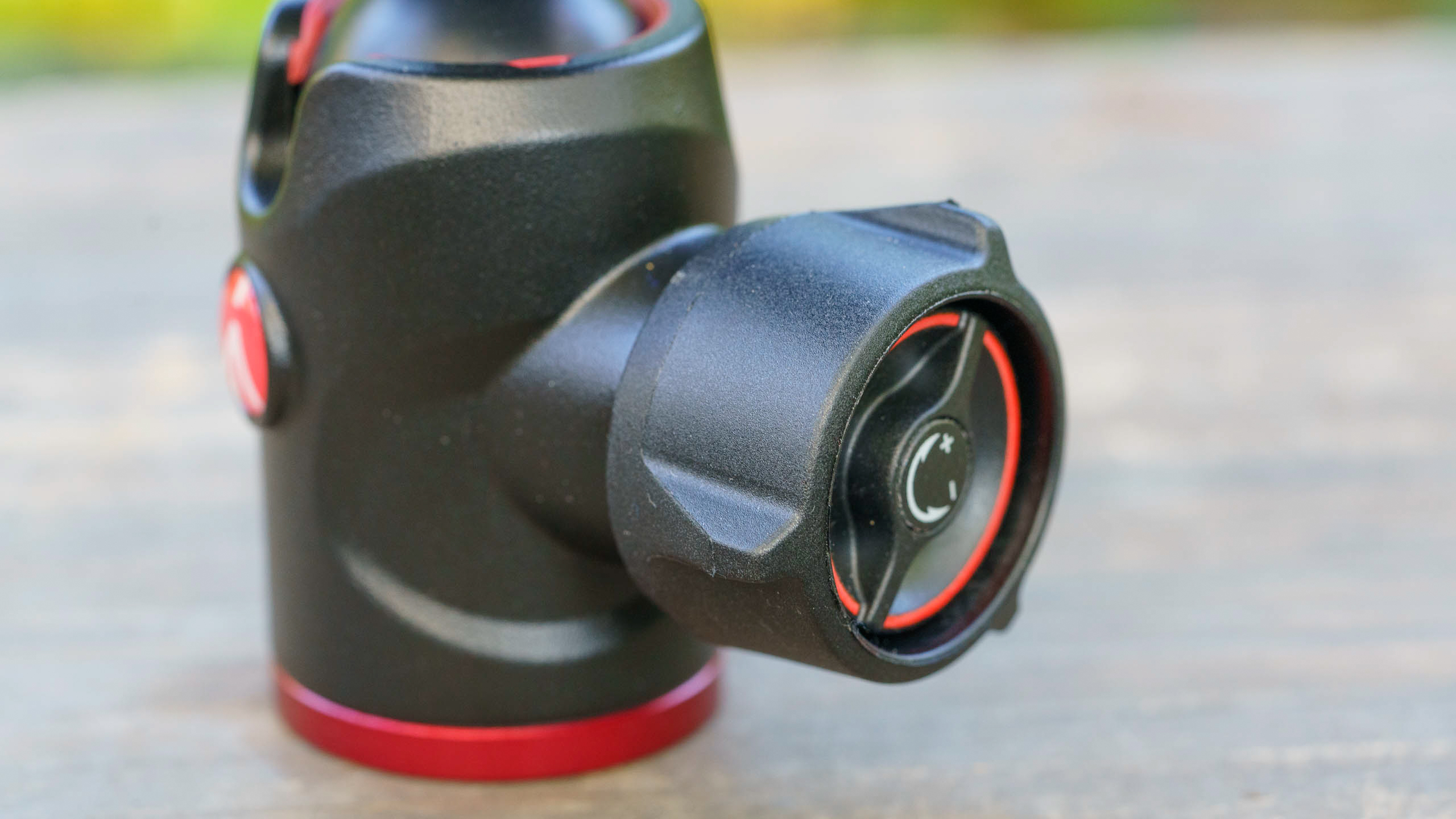
While it’s nice to have separate controls over the ball lock and the friction of its movement, on most occasions, I just relied on the main lock. However, if you’re using the head for an extended period with the same camera and lens, perhaps for wildlife photography, it’s worth finding the right balance between the two controls. The ball movement is reasonably smooth rather than super-smooth, but it’s perfectly satisfactory for a ball head of this price.
When I mounted the quick-release plate on a Nikkor AF-S 80-400mm F4.5-5.6 G ED VR (1.57kg) attached to a Nikon DSLR (765g) and popped them on the head, I found it very easy to frame the shot. Most importantly, when the ball lock was tightened, there was no movement when I released the camera from my hold so the composition didn’t change at all.
Unsurprisingly, adopting a less balanced weight distribution by putting the release plate on the camera so that the full weight of the lens extended out in front of the ball head causes some drooping after the ball movement is locked. It’s not a dramatic change in the composition but it makes clear the benefit of using the lens mount to support a camera and long lens.
Verdict
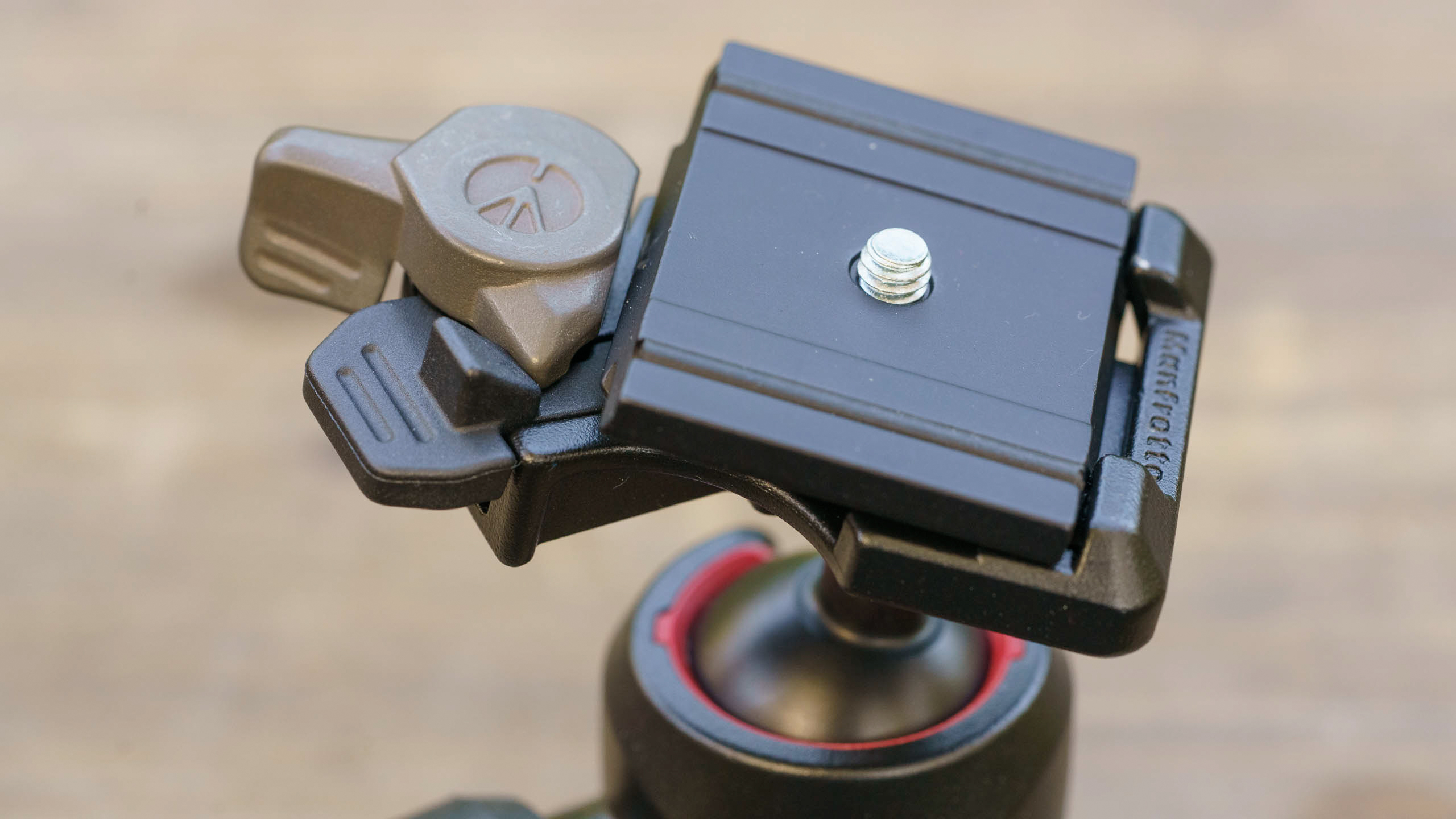
Don’t be fooled by the price of this ball head, it’s really rather good. It has a very good-quality plate, the clamp has an effective safety catch and the controls are easy to use. In testing it also proves capable of holding a long lens rock-steady and with no drooping. That’s impressive for a head that weighs less than 350g. The only downside is the lack of a bubble level, but as most cameras offer an electronic level, that’s not a major issue these days.
Angela has been testing camera gear from all the major manufacturers since January 2004 and has been Amateur Photographer’s Technical Editor and Head of Testing for Future Publishing’s photography portfolio (Digital Camera Magazine, PhotoPlus: The Canon Magazine, N-Photo, Practical Photoshop, Photography Week and Professional Photography magazines, as well as the Digital Camera World and TechRadar websites). She is the founder of SheClicks - a community group that encourages and supports female photographers.
